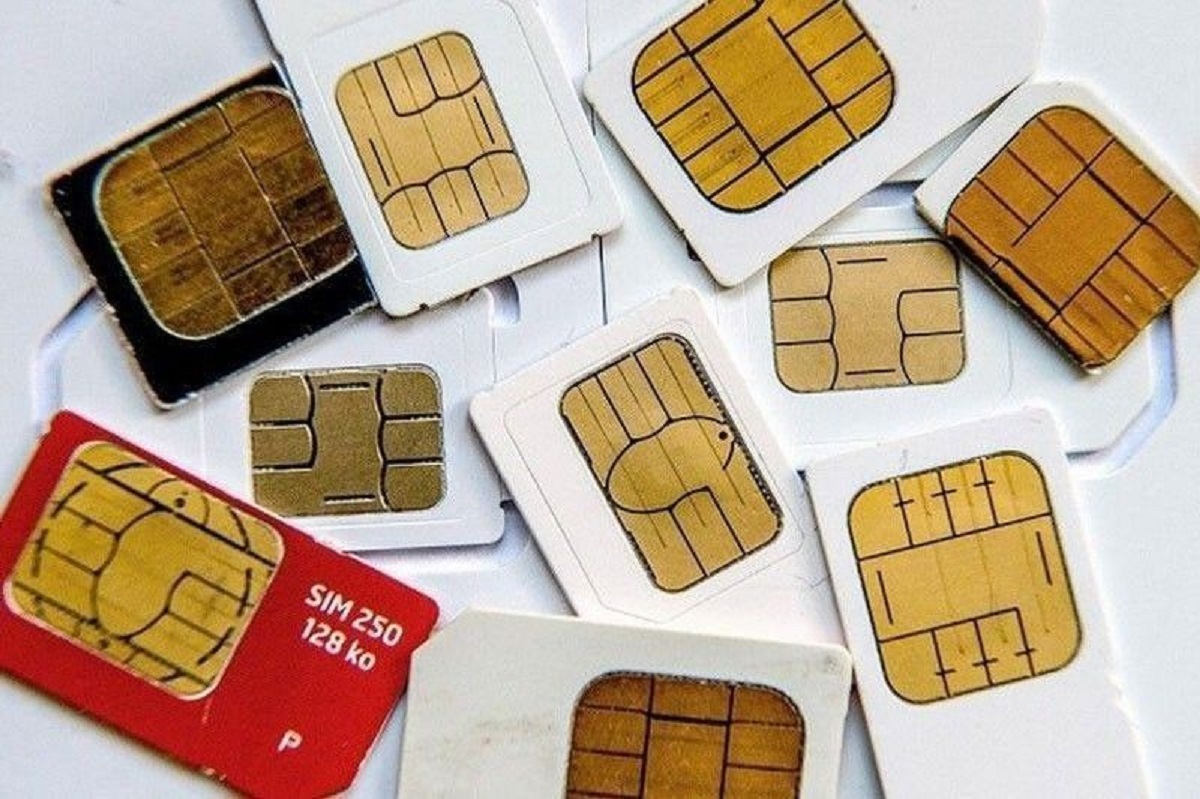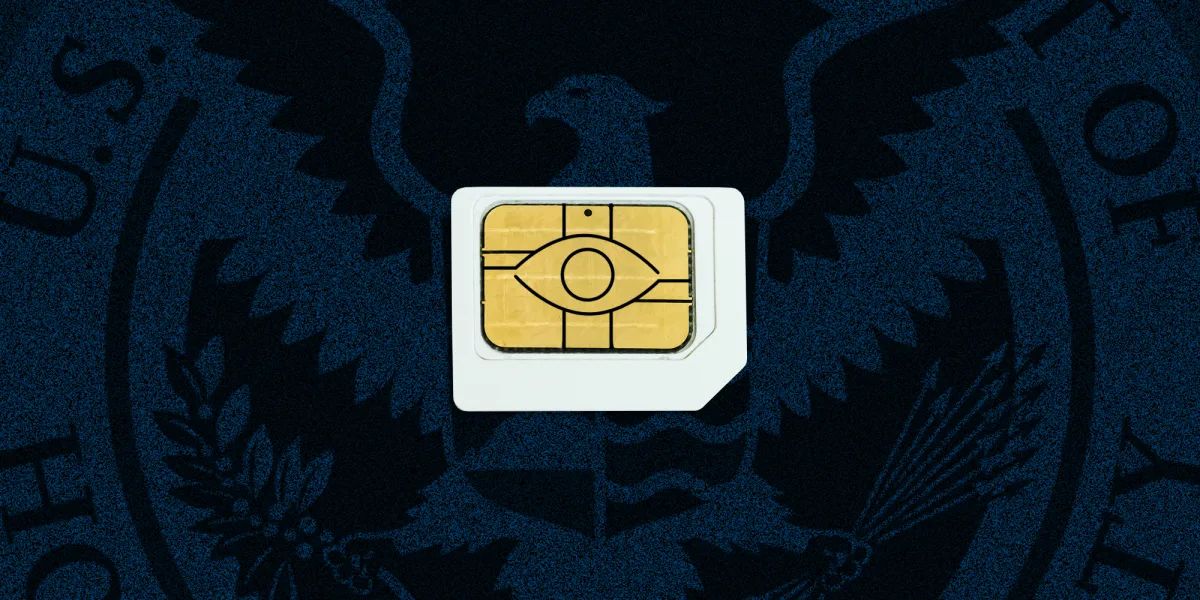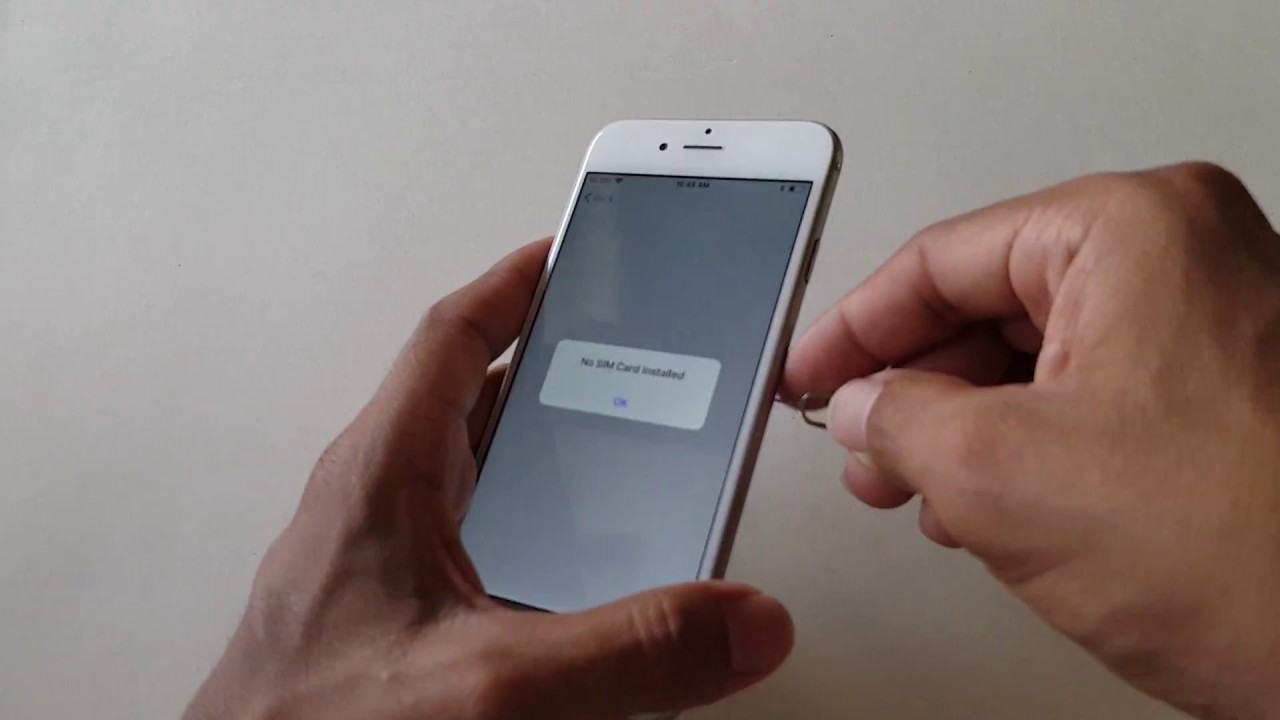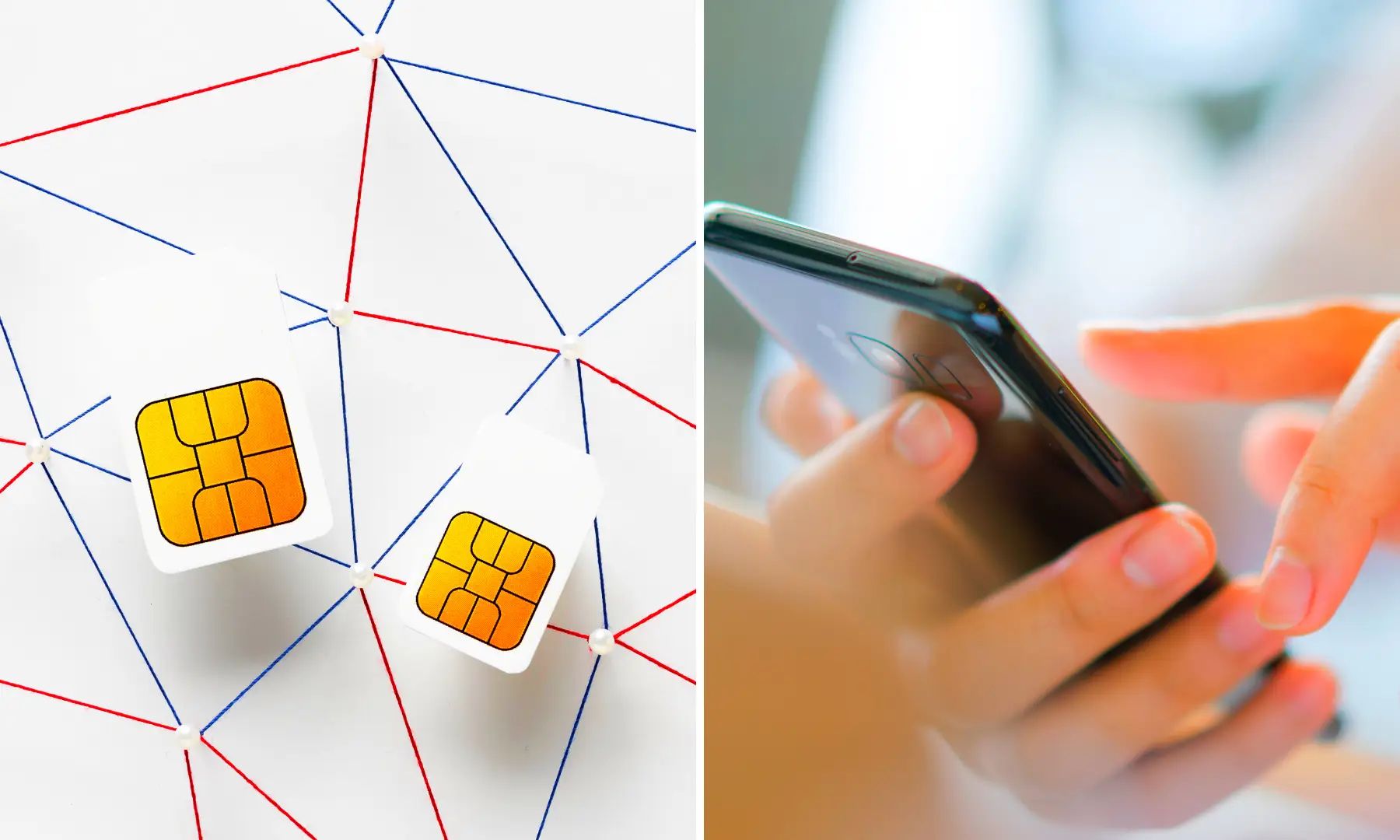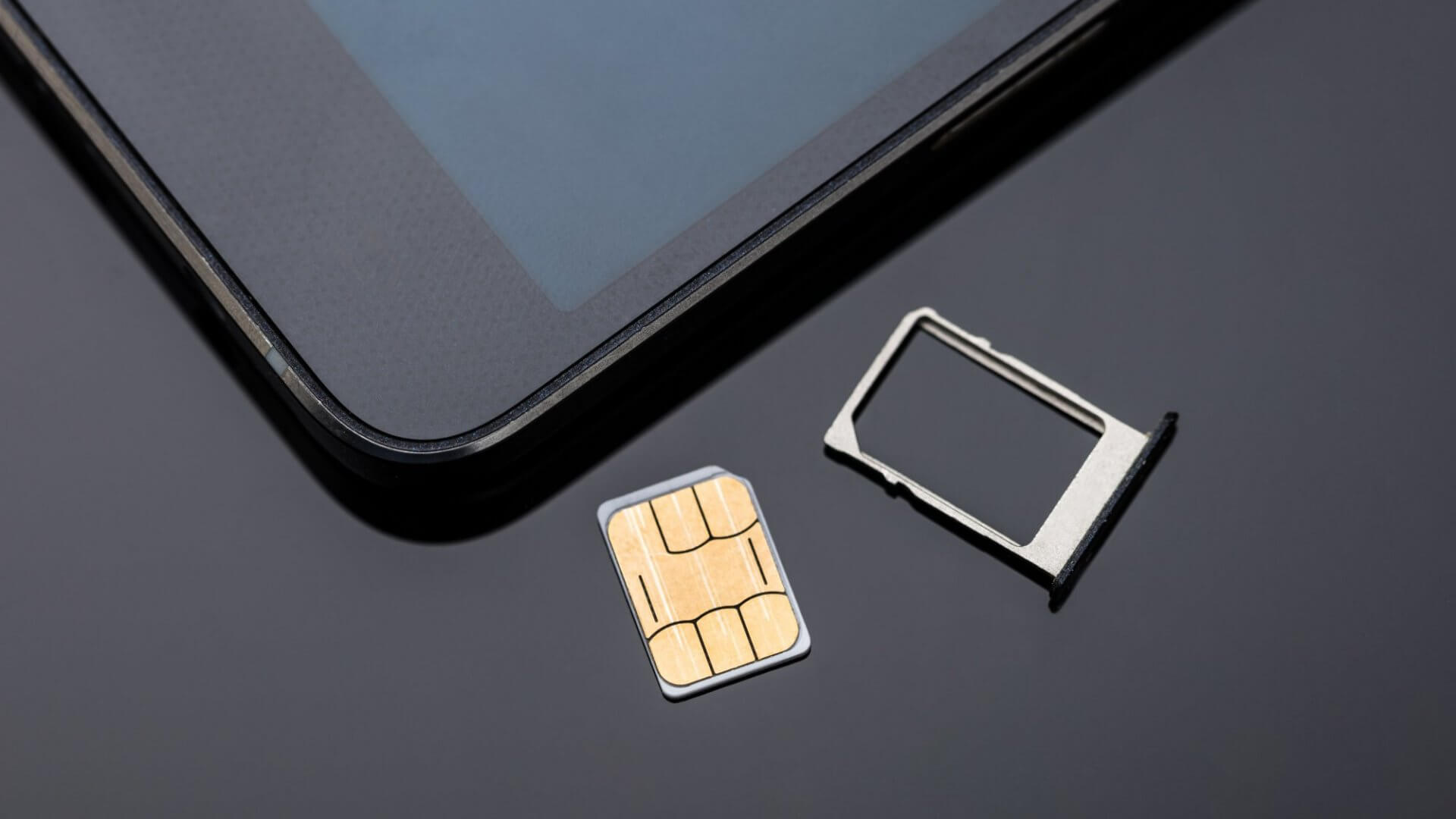Introduction
In today's interconnected world, mobile devices have become an integral part of our daily lives. They serve as our gateway to communication, information, and entertainment. At the heart of these devices lies a small yet powerful component known as the Subscriber Identity Module (SIM) card. This tiny piece of technology plays a crucial role in enabling our smartphones and other mobile devices to connect to cellular networks and access a myriad of services.
Understanding the significance of the SIM card is essential for anyone who relies on mobile communication and data services. While it may seem inconspicuous, the SIM card holds the key to our digital identity and connectivity. It is the linchpin that facilitates seamless communication, empowers mobile transactions, and enables access to the internet on the go. However, the consequences of removing a SIM card, whether intentional or accidental, can have far-reaching implications that may disrupt our digital lives.
As we delve deeper into the workings of the SIM card and its impact on our mobile devices, it becomes evident that this small piece of technology carries significant weight in our daily routines. From maintaining communication channels to safeguarding our digital identities, the consequences of tampering with a SIM card can be profound. Let's explore the intricacies of the SIM card and shed light on the potential ramifications of its removal.
What is a SIM Card?
A Subscriber Identity Module (SIM) card is a small, removable smart card that is inserted into mobile devices, such as smartphones, tablets, and some feature phones, to enable access to cellular networks and related services. This tiny yet powerful piece of technology serves as the digital identity of the user, allowing them to connect to a mobile network and utilize various communication and data services.
The SIM card contains essential information, including the International Mobile Subscriber Identity (IMSI), which uniquely identifies the user within the cellular network. Additionally, it stores the authentication key used to verify the user's identity and encrypt communications, ensuring secure and private interactions over the network.
There are different types of SIM cards, including standard SIM, micro-SIM, and nano-SIM, each varying in size to accommodate different mobile devices. Despite their size differences, all SIM cards serve the same fundamental purpose of authenticating the user and enabling access to mobile services.
One of the key features of a SIM card is its portability. Users can easily transfer their SIM card from one compatible device to another, allowing them to maintain their mobile identity and access their subscribed services without being tied to a specific device. This flexibility has made SIM cards integral to modern mobile communication, enabling seamless connectivity and personalization across various devices.
In essence, a SIM card acts as a bridge between the user and the mobile network, granting access to voice calls, text messaging, mobile data, and other value-added services. Its role in authenticating users, securing communications, and enabling seamless connectivity makes the SIM card a vital component in the realm of mobile devices and telecommunications.
How does a SIM Card work?
A SIM card operates as the digital identity of a mobile device user within a cellular network. Its functionality can be understood through the following key aspects:
-
User Authentication: When a SIM card is inserted into a mobile device and powered on, the device communicates with the cellular network to establish a secure connection. The SIM card provides the International Mobile Subscriber Identity (IMSI), a unique identifier assigned to the user, enabling the network to authenticate and authorize the user's access to its services.
-
Encryption and Security: The SIM card contains a unique authentication key that is used to encrypt communications between the mobile device and the network. This ensures that voice calls, text messages, and data transmissions are secure and cannot be intercepted by unauthorized entities. The encryption process safeguards the user's privacy and protects sensitive information transmitted over the network.
-
Service Provisioning: In addition to user authentication, the SIM card stores information related to the user's subscribed services, such as voice and data plans. This enables the network to identify the specific services to which the user is entitled, allowing seamless access to voice calls, messaging, and mobile data based on the user's subscription.
-
Roaming and Network Access: When a user travels to a different location, the SIM card plays a crucial role in enabling roaming services. It allows the user to connect to partner networks in other regions or countries, ensuring continued access to mobile services while traveling. The SIM card communicates with the visited network, providing the necessary credentials for network access and service utilization.
-
Personalization and Storage: SIM cards can also store contact information, text messages, and other personalized data, providing a portable repository of essential information that can be transferred between devices. This feature allows users to maintain their contacts and messages even when switching to a new device, enhancing convenience and continuity of communication.
In summary, a SIM card works by serving as the user's digital identity within a cellular network, facilitating secure authentication, encryption of communications, provisioning of services, and enabling seamless connectivity across different locations. Its role in safeguarding privacy, enabling personalized services, and ensuring network access makes the SIM card a fundamental component of modern mobile communication.
The consequences of removing a SIM Card
The act of removing a SIM card from a mobile device, whether intentional or accidental, can have significant repercussions that directly impact the user's connectivity, data security, and overall mobile experience. Understanding the potential consequences of removing a SIM card is crucial for users to appreciate the importance of this small yet pivotal component in their mobile devices.
Impact on communication and connectivity
One of the immediate consequences of removing a SIM card is the loss of connectivity to the cellular network. Without a functioning SIM card, the mobile device becomes unable to make or receive calls, send text messages, or access mobile data services. This disruption in communication can be particularly inconvenient, especially in situations where immediate connectivity is essential. Whether for personal or professional reasons, being without cellular connectivity due to a removed SIM card can impede the user's ability to stay connected and engaged.
Potential data loss
In addition to the impact on communication, removing a SIM card can lead to potential data loss or inaccessibility. SIM cards often store contact information, text messages, and other personalized data. In some cases, users may have chosen to save contacts to the SIM card rather than the device's internal memory. When the SIM card is removed, access to this stored data may be lost, creating inconvenience and potential loss of valuable information. Furthermore, some mobile devices may have settings or apps that rely on the presence of the SIM card for certain functionalities, and removing it could result in the loss of access to specific features or services.
Security risks
From a security perspective, removing a SIM card can introduce risks related to the protection of the user's digital identity and communications. The SIM card plays a crucial role in authenticating the user within the cellular network and encrypting communications to ensure privacy and security. When the SIM card is removed, the device may become vulnerable to unauthorized access or interception of communications, potentially compromising the user's sensitive information. Furthermore, if the SIM card is not securely stored after removal, there is a risk of it being lost or accessed by unauthorized individuals, posing a threat to the user's digital security and privacy.
In summary, the consequences of removing a SIM card extend beyond mere inconvenience, encompassing potential disruptions in communication, risks of data loss, and security vulnerabilities. Recognizing the implications of this action underscores the essential role of the SIM card in maintaining seamless connectivity, safeguarding data, and upholding the security of mobile communications.
Impact on communication and connectivity
The act of removing a SIM card from a mobile device has a direct and immediate impact on the user's ability to communicate and stay connected. The SIM card serves as the gateway to the cellular network, enabling voice calls, text messaging, and access to mobile data services. Therefore, when a SIM card is removed, the device loses its connection to the cellular network, rendering it unable to make or receive calls, send text messages, or access mobile data.
In today's fast-paced and interconnected world, the ability to stay connected on the go is paramount. Whether for staying in touch with family and friends, conducting business communications, or accessing essential information, a functioning SIM card is indispensable. The removal of a SIM card disrupts this connectivity, potentially leaving the user isolated in situations where immediate communication is crucial.
Moreover, the impact of a removed SIM card extends beyond the inconvenience of being unable to make calls or send messages. It also affects the user's accessibility to critical services, such as emergency calls and real-time information retrieval. In emergency situations, the ability to connect with emergency services or loved ones can be compromised without a functional SIM card in the device.
From a professional standpoint, the loss of connectivity due to a removed SIM card can impede work-related communications, leading to missed opportunities, delayed responses, and potential setbacks in business operations. In today's digital work environment, where remote communication and collaboration are prevalent, a disrupted connection can hinder productivity and create challenges in maintaining seamless workflows.
Furthermore, the impact on connectivity extends to the realm of mobile data services. Without a functioning SIM card, the user loses access to the internet while on the go, limiting their ability to browse the web, access online services, and stay informed through digital channels. This loss of mobile data connectivity can hinder productivity, limit access to essential information, and create a sense of disconnection in an increasingly digital-centric society.
In essence, the removal of a SIM card directly affects the user's ability to communicate, stay connected, and access essential services, both in personal and professional contexts. The impact on communication and connectivity underscores the fundamental role of the SIM card in enabling seamless mobile interactions and maintaining vital connections in today's interconnected world.
Potential data loss
When a SIM card is removed from a mobile device, there is a potential risk of data loss or inaccessibility, encompassing various aspects of the user's personal and professional information. SIM cards often serve as repositories for contact information, text messages, and other personalized data, providing a convenient means of storing essential details that can be easily transferred between devices. However, the reliance on the SIM card for data storage introduces vulnerabilities when the SIM card is removed.
One of the primary concerns related to potential data loss stems from the storage of contacts on the SIM card. Many users choose to save contacts to the SIM card as a backup or for portability, allowing them to retain their contact list when switching to a new device. However, if the SIM card is removed, access to these stored contacts may be lost, leading to inconvenience and potential loss of valuable information. This can be particularly problematic if the user has not synchronized their contacts with an alternate storage method, such as cloud-based services or device backups.
Furthermore, certain mobile devices may have settings or applications that rely on the presence of the SIM card for specific functionalities. For example, some devices may store text messages on the SIM card or utilize SIM-based security features. In such cases, removing the SIM card can result in the loss of access to these features or stored data, impacting the user's ability to retrieve important messages or utilize specific device functionalities.
From a professional standpoint, potential data loss due to the removal of a SIM card can disrupt business-related communications and information access. If work-related contacts are stored on the SIM card, their unavailability can hinder seamless business interactions and lead to missed opportunities. Additionally, any reliance on SIM-based security features or authentication methods may result in access restrictions or data loss when the SIM card is removed.
In summary, the potential data loss associated with removing a SIM card encompasses the risk of losing contact information, text messages, and access to device functionalities that rely on the SIM card. This underscores the importance of implementing robust data backup strategies and utilizing alternative storage methods to mitigate the impact of SIM card removal on personal and professional information accessibility.
Security risks
The removal of a SIM card from a mobile device introduces significant security risks that can impact the user's digital identity, communications privacy, and overall data security. The SIM card plays a pivotal role in authenticating the user within the cellular network and encrypting communications, ensuring secure interactions over mobile networks. When the SIM card is removed, several security vulnerabilities may arise, posing potential threats to the user's digital security and privacy.
One of the primary security risks associated with removing a SIM card is the potential exposure of the user's digital identity and communications. The SIM card contains a unique authentication key used to verify the user's identity within the cellular network. When the SIM card is removed, the mobile device may become vulnerable to unauthorized access or identity spoofing, potentially leading to unauthorized usage of the user's mobile services or unauthorized access to sensitive information. This risk is particularly concerning in scenarios where the SIM card is removed and not securely stored, leaving it susceptible to being lost or accessed by unauthorized individuals.
Furthermore, the encryption of communications over mobile networks relies on the presence of the SIM card to facilitate secure data transmission. When the SIM card is removed, the device may lose the ability to encrypt voice calls, text messages, and data transmissions, potentially exposing sensitive information to interception or unauthorized monitoring. This creates a significant privacy concern, as the user's communications may be vulnerable to eavesdropping or unauthorized surveillance in the absence of SIM-based encryption.
From a data security perspective, the removal of a SIM card can impact the overall security posture of the mobile device. Certain security features and authentication methods may rely on the presence of the SIM card for user verification and access control. Removing the SIM card can result in the loss of these security measures, potentially weakening the device's defenses against unauthorized access and unauthorized usage of sensitive applications or data stored on the device.
In summary, the security risks associated with removing a SIM card encompass vulnerabilities related to the user's digital identity, communications privacy, and overall data security. Recognizing these risks underscores the critical role of the SIM card in maintaining the security and privacy of mobile communications, highlighting the importance of safeguarding the SIM card and its associated security features to mitigate potential threats to the user's digital security and privacy.
Conclusion
In conclusion, the SIM card stands as a fundamental component in the realm of mobile devices, playing a pivotal role in enabling seamless communication, securing data, and safeguarding the user's digital identity. Its significance cannot be overstated, as it serves as the linchpin that connects users to cellular networks, facilitates secure interactions, and enables personalized mobile experiences.
The consequences of removing a SIM card, whether intentional or accidental, extend beyond mere inconvenience, encompassing potential disruptions in communication, risks of data loss, and security vulnerabilities. The impact on communication and connectivity highlights the essential role of the SIM card in maintaining vital connections, both in personal and professional contexts. The potential data loss associated with SIM card removal underscores the importance of implementing robust data backup strategies and utilizing alternative storage methods to safeguard personal and professional information. Moreover, the security risks introduced by SIM card removal emphasize the critical role of the SIM card in maintaining the security and privacy of mobile communications, underscoring the need to safeguard the SIM card and its associated security features.
Therefore, users are encouraged to exercise caution when handling their SIM cards, ensuring that they are securely inserted in their devices and properly stored when not in use. Additionally, implementing data backup strategies, such as synchronizing contacts and messages with cloud-based services, can mitigate the potential impact of SIM card removal on data accessibility. Furthermore, maintaining awareness of the security implications of SIM card removal and taking proactive measures to secure the device and its communications can help mitigate the associated risks.
Ultimately, the SIM card serves as a cornerstone of modern mobile communication, enabling users to stay connected, access essential services, and safeguard their digital identities. Understanding the consequences of removing a SIM card underscores the significance of this small yet powerful component and encourages users to approach its handling with diligence and awareness of its impact on their mobile experience.










